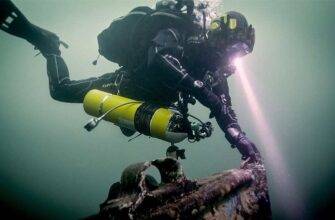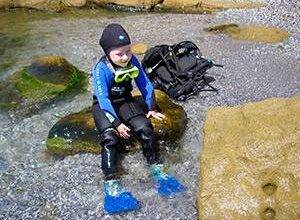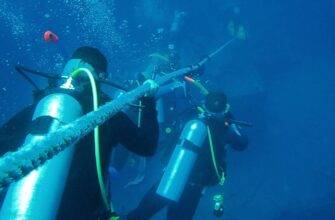A short annotation of Bulman’s decompression tables. Before using decompression tables in practice, carefully read the instructions for their use. Please note that even the correct use of the tables and computers does not give 100% guarantee against the occurrence of bends.
These tables were developed in 1986 by professor A. A. Bulman of the University of Zurich. They were chosen because they are extremely accurate and reliable. In addition, they can be used to calculate multiple dives using different gas mixtures.
Decompression measures
Bulman tables require a safety stop at the end of each dive. The stop is made at depth 6 to 3 meters for a duration of one minute. A stop at 6 meters is preferred because at greater depths it is easier to control buoyancy, there is less effect of surface waves, and gas diffusion is much gentler.
The ascent rate recommended by the tables is 10 meters per minute.
You should not make a series of dives in a day with multiple exhaustion of limits due to possible side effects associated with the accumulation of nitrogen in the blood.
Dives with a safety stop are called Safety Stop Dives and those requiring precisely defined decompression stops in depth and time are called Decompression Dives.
Calculations of nitrogen dive time limits (NTL) for each standard mixtures are carried out according to three tables.





